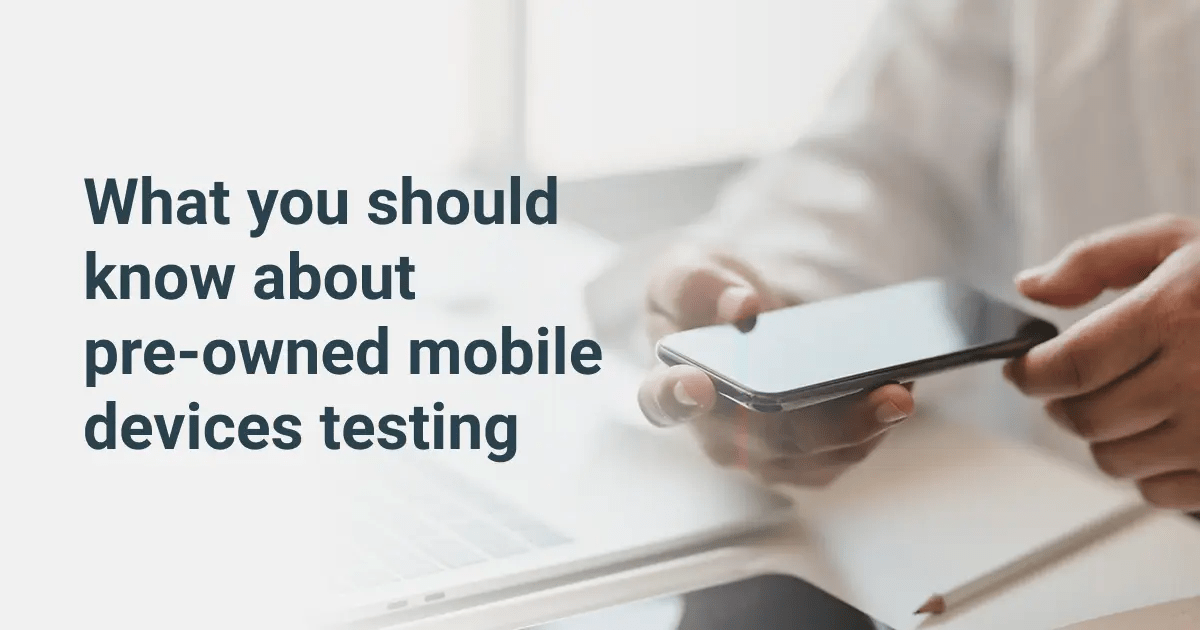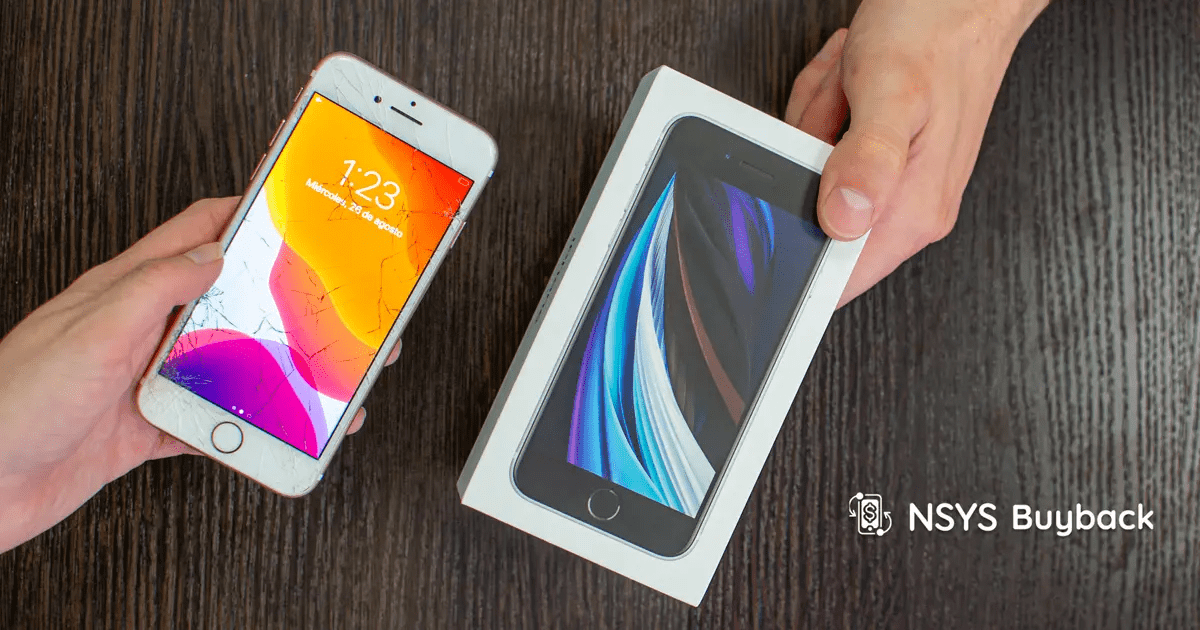New technologies are applied in the latest smartphones (5G), but people have no money for them since the pandemic has kicked in.
Greater unemployment has cut consumer choice, in some cases restricting the ability to buy a new device or cover phone-related expenses
Canalys analyst Vincent Thielke added.
With economic challenges likely to persist, the sub-US $400 segment is poised to gain more prominence, particularly as Google and other Android players increase their exposure to the low-end and mid-range segments.
The need for new smartphones is not falling, but now the budget of the average European consumer for a smartphone has dropped to $500, which leads to an advantageous position of the secondary mobile phone market.
When working with pre-owned phones, some companies make mistakes that appear to be very costly to them afterward. Mistakes can be made by both newcomers to the market and experienced traders.
Here are tips for businesses operating on the secondary mobile phone market in 2020.
Always check Blacklist and SimLock status
Millions of used phones appear on the market every year. Is it always possible to make sure that the phone wasn’t stolen before it came to you and that its owner has paid all contract bills? Here’s why it’s important to check Blacklist and SimLock statuses.
- If a mobile device was reported as stolen, then it becomes useless and unable to make or receive calls. Also, by purchasing Blacklisted mobile phones, the chances to unlock them are about zero, but the chances to lose money on the deal are 100%.
- If a phone has SimLock, it means that this device is tied to some specific cell phone carrier. That decreases the price of the device and chances to be sold in the future.
Use software for diagnostics
Companies, where the daily turnover of devices is at least 50 items per day, do not always realize a need for process optimization. While testing devices manually, companies encounter high return rates, low testers productivity, and issues with workflow transparency.
- An automated solution allows to check devices for an extensive range of defects (NSYS Diagnostics checks devices for more than 100 defects). By detecting defects at the device diagnostic stage, the company reduces the percentage of returns.
- Even experienced testers might make mistakes in the diagnostics process, that leads to a decrease in the productivity of the entire company. When using the software, testers do not make such mistakes as entering the wrong IMEI or skipping some functional tests.
Pay attention to the replaced parts of the phone
More than 30% of the phones on the market have at least one replaced part in them.
Moreover, owners often change batteries, cameras, and Touch ID buttons. When companies neglect to inspect authenticity of phone parts, they take on financial and reputational risks.
- For phone refurbishers, a phone with a replacement part means additional repair costs, which will affect the company's profit.
- What's more, a company that doesn’t check the genuineness of the parts during the initial QC process will have to waste time on retesting the whole batch once a non-original battery is discovered at a later stage.
By testing mobile devices with an automated solution, traders can be confident in the quality of the products they sell. Using NSYS Tools, you get reliable certification for your stock and trust of your customers!






